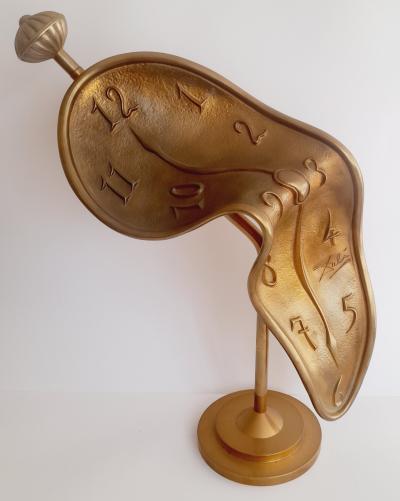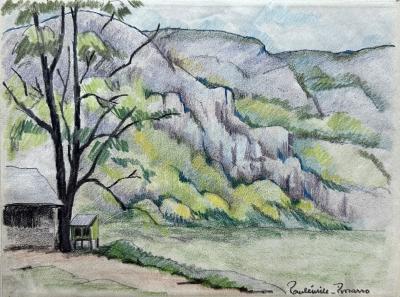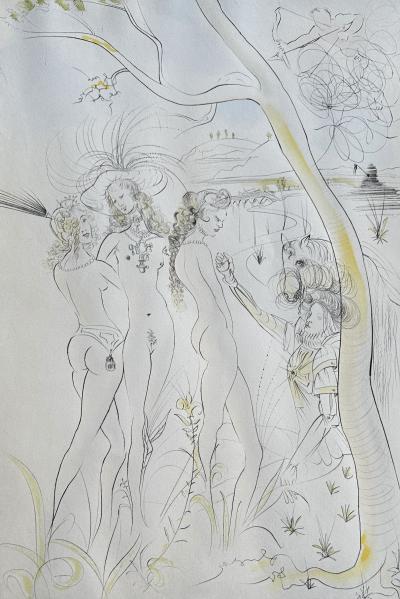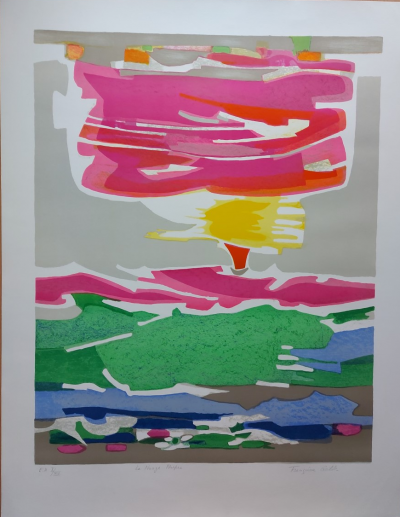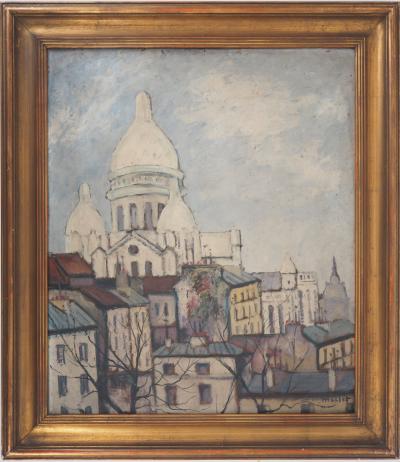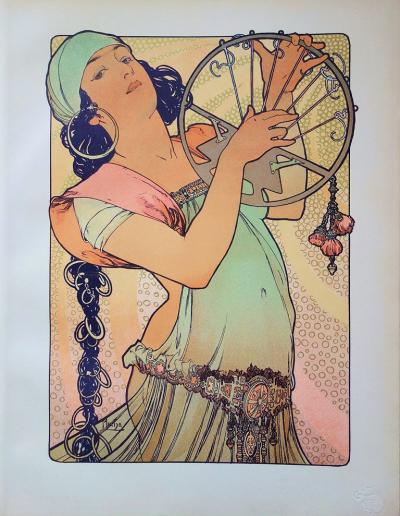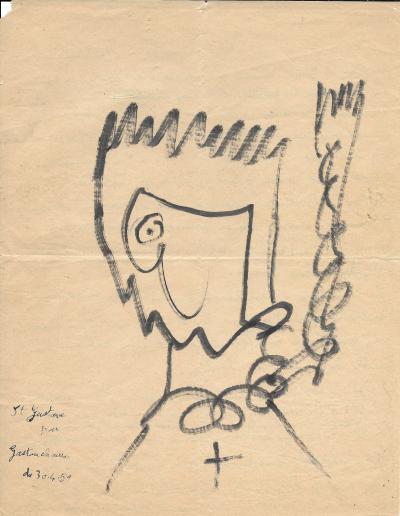Henryk Berlewi (1894–1967) was a painter, graphic designer, typographer, and critic. Henryk Berlewi was a leading figure among constructivist artists in Poland in the 1920’s. Though his fame rests on his posters, book jackets, and page designs in Yiddish and Hebrew, he is also known
Henryk Berlewi (1894–1967) was a painter, graphic designer, typographer, and critic. Henryk Berlewi was a leading figure among constructivist artists in Poland in the 1920’s. Though his fame rests on his posters, book jackets, and page designs in Yiddish and Hebrew, he is also known for his advanced constructivist paintings, drawings, and especially his cutting-edge graphic designs based on his theory of Mechano-faktura. Berlewi trained at the fine arts academies of Warsaw, Antwerp, and Paris, returning to Warsaw in 1913 to study at the school of design. During World War I, he discovered futurism and Dada. In 1921, Berlewi met El Lissitzky and followed him to Berlin, where in 1922–1923 he abandoned figurative art for pure constructivist abstraction. He also worked with the Novembergruppe in the major modernist art exhibit in Berlin (1922). Returning to Warsaw, he helped found BLOK, an avant-garde abstract group of artists in Poland, in 1924–1926.
In 1924, he published his theoretical tract, Mechano-faktura (using mechanical means to create texture), in Herwarth Walden’s Der Sturm. Berlewi’s first one-man show was mounted at the Austro-Daimler automobile showroom in Warsaw in 1924. This was followed by the Der Sturm exhibit in Berlin, dedicated to the visual expression of principles outlined in Mechano-faktura. With Wat and Stanisław Brucz, Berlewi opened an advertising agency, Reklama Mechano, where he merged theory with practice in the design of commercial art.
In 1928, Berlewi moved to Paris, as did other Polish and Jewish artists. Here he returned to figurative painting, mainly portraits. During World War II, he lived in southern France, returning to Paris in 1945. Rediscovered by a French critic, Berlewi took part in a major Paris show, “Precursors of Abstract Art in Poland” (1957). Suddenly appreciated again, he also had one-man shows in Berlin (1963, 1964), Paris (1965), Warsaw (1966), Zurich (1974), and New York (1976, 1978).
Lire plusLire moins
